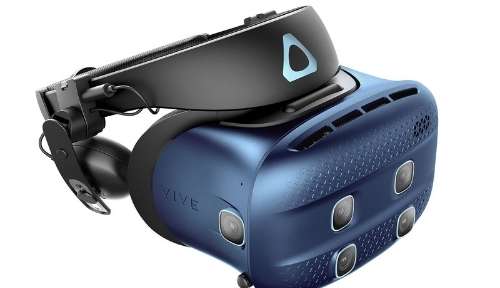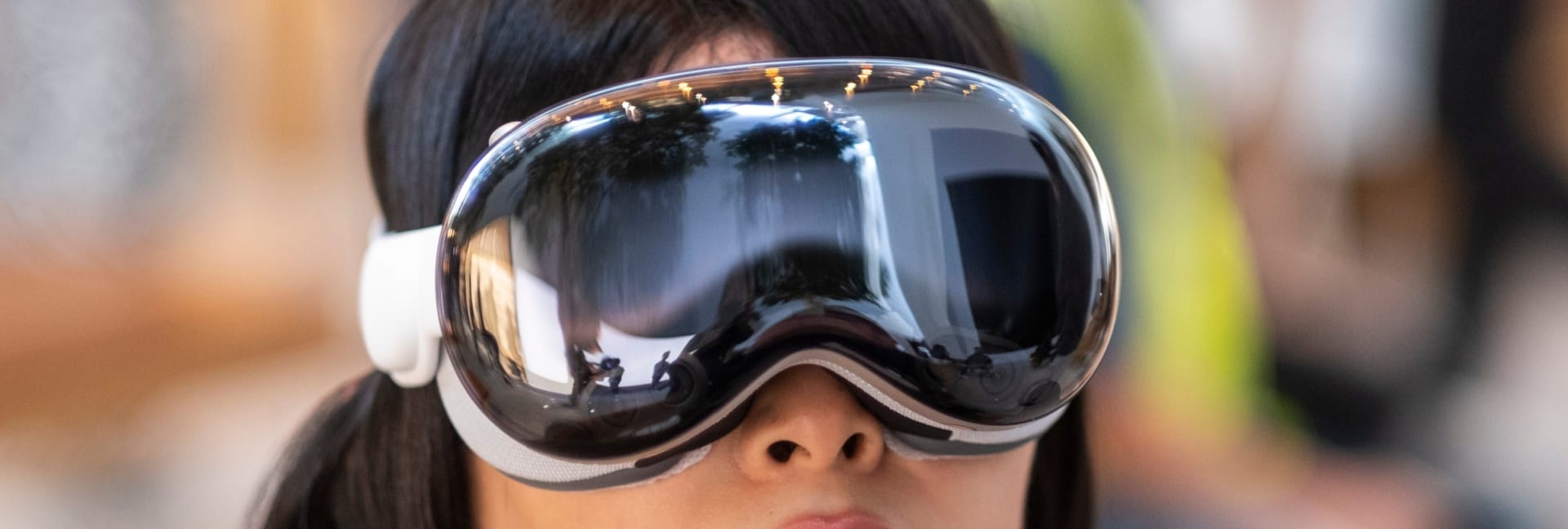It is difficult to state with any certainty who the father of virtual reality is as like any new invention, it draws upon many different sources and influences.
More than one person has been involved in the development of this technological system but if we are talking about the realm of virtual experience then the answer is Morton Heilig.
He produced the first interactive film experience in which viewers were invited to watch a film which would use all of their senses. This multi-sensory experience was the first ‘3D film’ which was designed for a single viewing only and enabled the viewer to become part of the film. For example: he used an oscillating fan so that the viewer could feel wind blowing on their face.
The Sensorama was not widely adopted but the ideas helped to drive future research into virtual reality and the subsequent outcomes.
Other people who lay claim to this title include:
- Jaron Lanier
- Douglas Engelbart
- Ivan Sutherland
- Myron Krueger
Jaron Lanier is credited as the person who coined the term virtual reality but there are others who worked with various aspects of this technology as mentioned below.
Douglas Engelbart
Engelbart’s work with virtual reality helped to shape the future of user interaction via that device which accompanies a standard computer keyboard – known as the mouse. This also laid the foundation for the development of modern user interfaces.
Ivan Sutherland
Sutherland created the first head mounted display (HMD) which was attached to a computer system. The HMD closely resembled a portable television and could not be comfortably worn by a person. It had to be supported by a series of cables attached to a metal stand which enabled the person to wear this and move around in safety.
Myron Krueger
Myron Krueger worked with computer graphics and audio in the form of a video projection which surrounded a person within a designated space. Not dissimilar to the modern day CAVE. But there was no interaction between the person and their environment. They did not wear any form of virtual reality gear such as a HMD or a data glove (this came later) but instead, is known for his work with interactive installations as forms of art.








